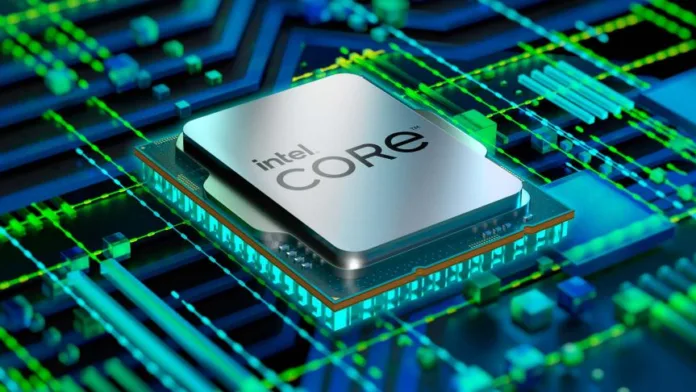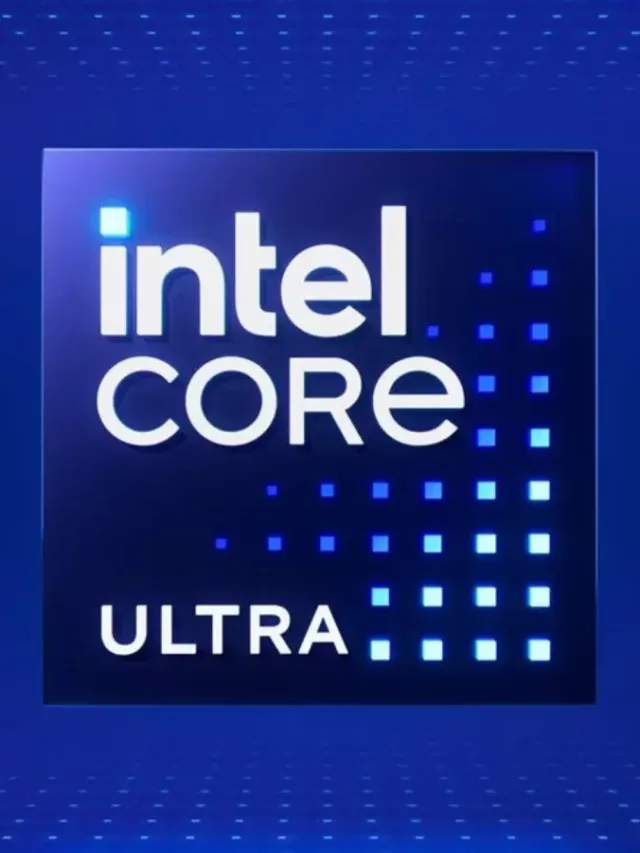The Core Ultra and Core Series were a long-anticipated move, that has been long expected. Intel has formally announced a rebranding of its consumer CPUs, with the new names due to take effect with the Meteor Lake chips of the upcoming generation. The “Gen” and “i” branding will be dropped as part of the new naming convention, and the Core series will be split into the Core series and the brand-new Core Ultra series. Although the overall adjustments might appear slight, they show Intel’s efforts to simplify its branding and adjust to its changing product roadmap.
Table of Contents
Understanding Core Ultra and Core Series in the New Naming Scheme
Intel’s CPUs will be divided into the Core Standard series and the Core Ultra series under the new name. While it is still unclear which types of CPUs belong in which series, it looks that 3-class processors will be a part of the Core series while 9-class chips will be of the Core Ultra series. This may imply that the term “Core Ultra” refers to unlocked, high TDP chips. The present Core i9 13900K, for instance, might be changed to the Core Ultra 9 13900K. The moniker changes are generally minor and are intended to improve distinctiveness and clarity throughout Intel’s product line.

The Goal of the Rebranding and Potential Motives
According to Intel, the rebranding highlights the improvements provided by the future Meteor Lake processors and marks an “inflexion point” in the company’s client processor roadmap. There are rumours that the rumoured Raptor Lake revamp may also have an impact on the decision to rebrand. Because of rumours that the desktop version of Meteor Lake will be scrapped and Raptor Lake will be used instead for 14th-generation desktop chips, Intel’s choice to omit the designation “14th-generation” from the CPU name may have been made with the goal of creating confusion. Rebranding and updating products have long been standard industry practises, despite criticism that this move is an attempt to make the Raptor Lake makeover appear new.
Simplifying Customer Identification and Brand Portfolio
The goal of Intel’s new branding structure is to streamline its brand portfolio and make it simpler for customers to choose the best client solutions. Intel aims to set itself apart from mainstream products by abandoning the idea of “generations” and implementing tiering based on chip numbers. These adjustments reflect client input and offer a clearer product strategy that emphasises technological breakthroughs in architecture and design.

Intel’s New Processor Brands: Core Ultra and Core
Two new processor brands, Intel Core Ultra and Intel Core, have been unveiled, marking a significant revision to Intel’s client computing branding. The first products sold under these labels will be Meteor Lake processors. The highly anticipated Meteor Lake release will be produced using the latest Intel 4 manufacturing node and Foveros cutting-edge 3D packaging technology. Improvements in power economy, graphics performance, and Intel AI Boost are made possible by this chipset design.
Messaging and Tiering Changes
As part of the rebranding, Intel will stop using silicon in front of the Intel Core brand and generational language in marketing. Instead, the generation will be shown by the processor number. The Core series will change to Core 3, Core 5, Core 7, and Core 9 after the familiar “i” in Core i3, Core i5, Core i7, and Core i9 are removed. Moving forward, these modifications will be made to all customer goods, starting with Meteor Lake.

Premium Processor Brand: Intel Core Ultra
With its top-notch performance and capabilities, Intel Core Ultra will serve as the premium processor brand’s representative. Core Ultra 5, Core Ultra 7, and Core Ultra 9 processors will be part of the Core Ultra line. These CPUs should perform incredibly well for demanding workloads and cutting-edge applications. The final processor numbering will be decided, however, it will be in the format of Intel Core Ultra [Tier] processor ##xx.
Mainstream Processor Brand: Intel Core
The continued prominence of the Intel Core brand highlights the company’s enduring position and stellar reputation in the PC market. Core processors offer a mix between performance and cost that will appeal to general consumers. Core 3, Core 5, Core 7, and Core 9 will replace the “i” in the tiering. The Intel Core [Tier] processor ##xx will be the general format for the Intel Core series’ processor numbering; the exact format is yet to be decided.

Improvements in Graphics Integration, vPro, and Intel Evo
The Intel Evo Edition platform, which includes Evo-verified designs, is included in the new branding structure. Additionally, the Intel vPro Enterprise and Intel vPro Essentials labels will be available for business systems that meet certain requirements. Additionally, Intel Arc graphics will be supported by both the Intel Core and Core Ultra CPUs, demonstrating the incorporation of potent graphics capabilities within the new chips.
Conclusion
The company’s branding strategy has undergone a substantial change as a result of Intel’s rebranding of its consumer CPUs. With the launch of the Core Ultra and Core series, Intel hopes to streamline the brand portfolio and establish a clearer distinction between its budget-friendly and high-end products. Intel highlights the architectural advances, power efficiency, and AI capabilities of its upcoming Meteor Lake processors as the first release under the new nomenclature. Despite the controversy surrounding the rebranding, it ensures a more simplified and recognisable product selection by aligning with consumer feedback and Intel’s strategy for its client computing roadmap.
Disclaimer:
AI was used to conduct research and help write parts of the article. We primarily use the Gemini model developed by Google AI. While AI-assisted in creating this content, it was reviewed and edited by a human editor to ensure accuracy, clarity, and adherence to Google's webmaster guidelines.



